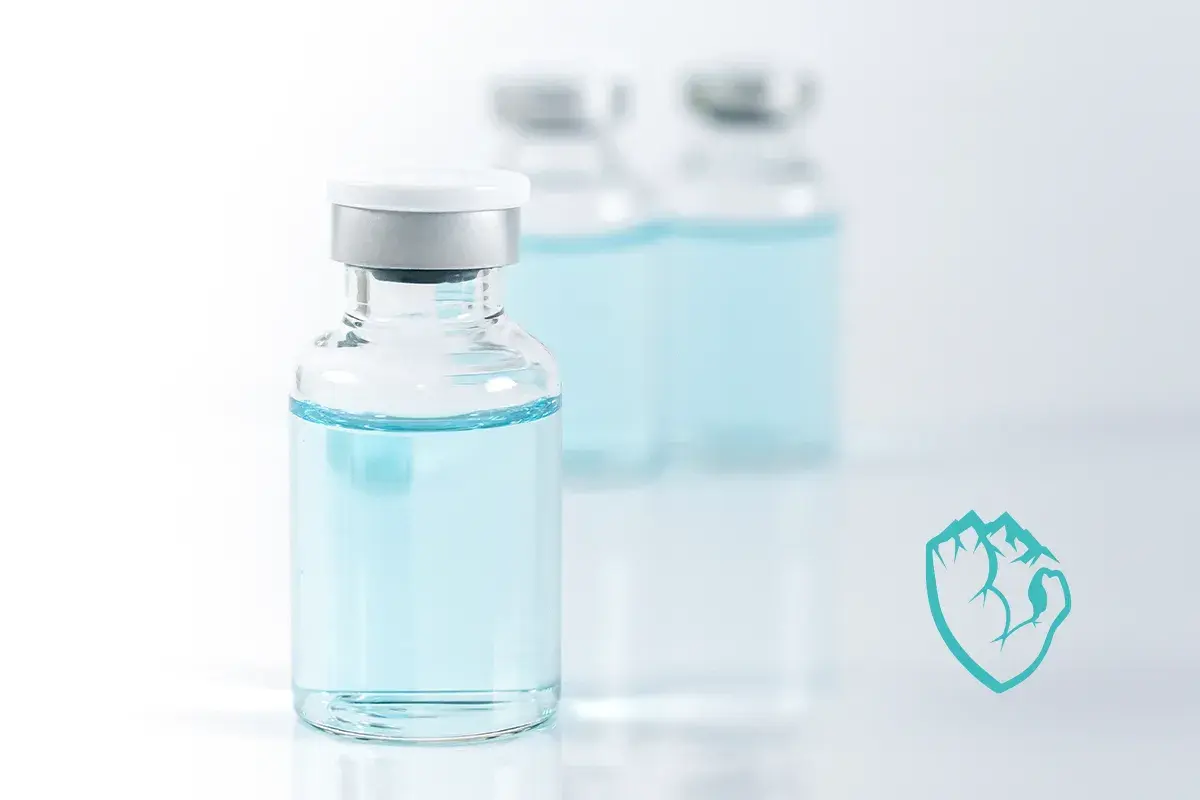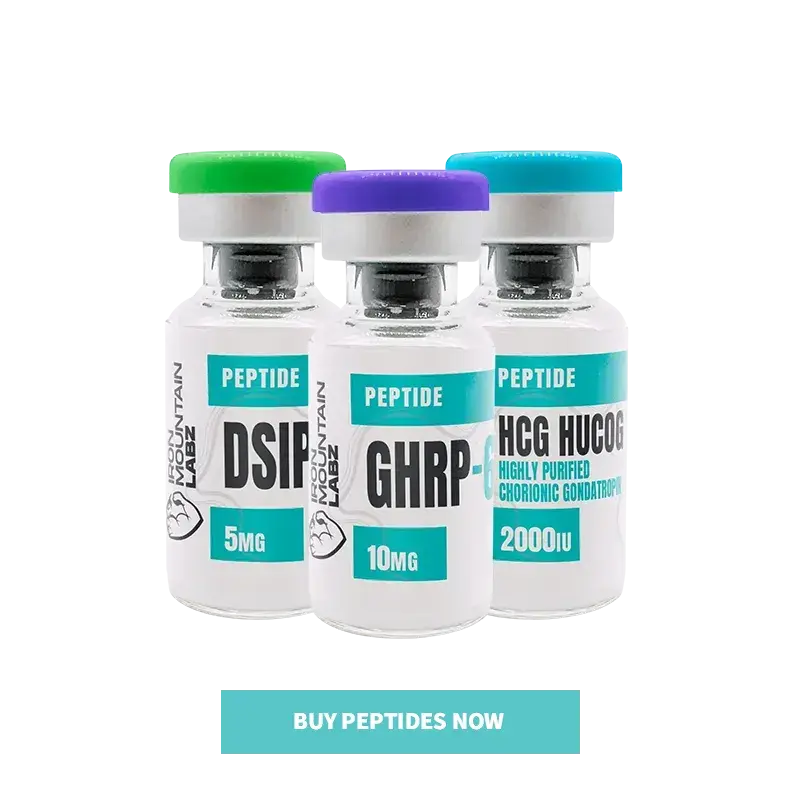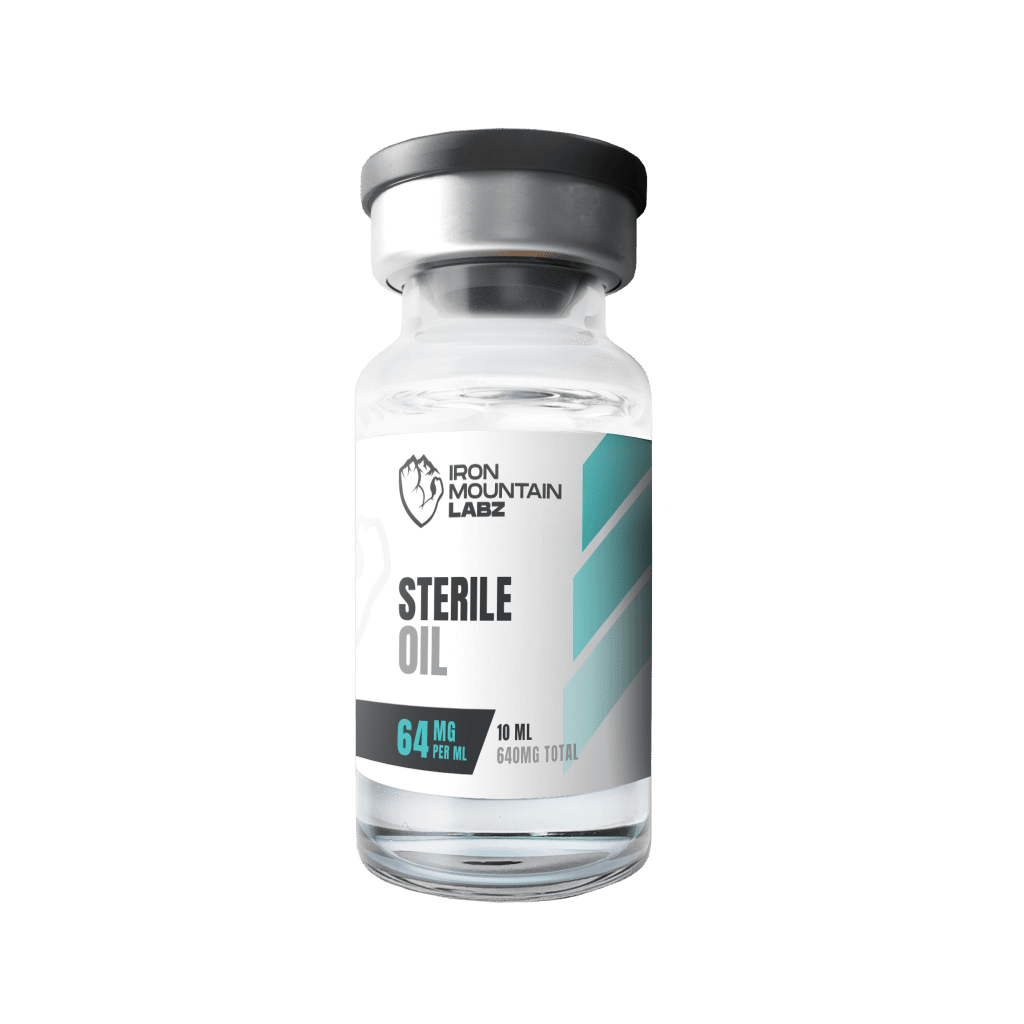
Are SARMs peptides? SARMs and peptides are studied for their potential in areas of growth and tissue repair in research models. But how do these compounds compare in their mechanism of action, legal status, benefits, and risks associated with them?
This blog breaks down the key differences between SARMs and peptides. It provides a clear perspective on how each compound may perform in research. So, let’s get started with it!
SARMs (Selective Androgen Receptor Modulators) are synthetic supplements that are used in research. SARMs mimic steroids, but they have a high affinity towards the androgen receptor and avoid other parts of the subject’s body. This means that SARMs are tissue-selective in their mechanism of action and may have fewer side effects compared to steroids.
Some of the examples of SARMs include:
These compounds are currently being investigated for their potential benefits in subjects. They target selective receptors, but researchers should note that they also possess some side effects and risks. SARMs are classified as research chemicals and are legally available only for research purposes.

Peptides are short chains of amino acids. These amino acids are linked together by a peptide bond. The properties of peptides may influence different physiological functions in subjects. For example:
Peptides fall into a legal grey area when it comes to their legality. The FDA has approved certain peptides for medical use. However, using peptides without medical supervision can result in legal consequences.
SARMs exhibit tissue-selective anabolic activity with a safety profile in research settings. These synthetic compounds bind selectively to androgen receptors in the subject’s muscle and bone tissues. They are studied for their potential to promote muscle growth and physical performance through direct activation of these receptors.
Peptides, on the other hand, work by stimulating the pituitary gland to release more Human Growth Hormone (HGH) into the bloodstream. This may increase IGF-1 protein in the subject’s body, which plays a role in muscle growth and tissue regeneration. (r)
So, in experimental settings, SARMs act directly on androgen receptors, and peptides work by increasing the natural hormone production in research models.
SARMs are studied over cycles lasting up to eight weeks. During this time, test subjects are administered the compound according to the study protocol.
Peptides, on the other hand, are investigated over longer durations. Some peptides may exhibit longer-lasting activity in experimental models. However, they are generally not associated with the same level of anabolic response observed with SARMs.
This section compares the benefits of SARMs and peptides to figure out which one is more effective in research settings.
SARMs are synthetically designed to promote androgenic activity in the subject’s body. Peptides, on the other hand, are naturally occurring substances. So, when it comes to muscle growth in research subjects, So, when it comes to muscle growth in research subjects, SARMs before and after results suggest they may be more effective than peptides.
Again, SARMs are the winners when it comes to strength-related outcomes in subjects. For example, if a subject is administered SARMs like RAD-140 and its effects are compared to peptides such as Sermorelin, the former tends to outperform the latter.
Both SARMs and peptides significantly contribute to fat loss in subjects. However, SARMs are more effective because they may increase the subject’s metabolic rate and preserve lean muscle mass.
Peptides like BPC-157 and TB500 are studied for their potential to combat inflammation in subjects. SARMs may have some anti-inflammatory effects, but peptides outperform them in this context.
Peptides may act similarly to other substances like Ibutamorn (MK-677) to improve sleep quality in subjects. SARMs, on the other hand, act differently, and some of them may even decrease sleep quality in subjects.
The observed side effects of SARMs and peptides in research models are listed below.

Researchers believe that SARMs are more effective in providing their benefits, but both SARMs and peptides work best in their respective spheres. For example, SARMs are better than peptides when it comes to muscle growth in research subjects. Peptides, on the other hand, may be beneficial in fat loss in an experimental setting.
In conclusion, SARMs are studied for their potential to support muscle growth, strength, and fat loss. Peptides, on the other hand, are commonly explored for tissue repair, inflammation control, and improved sleep. Both have shown promising results, but also come with possible side effects. The choice between SARMs and peptides depends on the research goals. This is because each compound type serves different purposes in experimental models.
SARMs are investigational compounds that can be sold only for research purposes. They are not approved by the FDA for medical and dietary use. Peptides are also classified as research compounds, but some peptides, such as insulin, are legal with a prescription.
No, SARMs and peptides are different from anabolic steroids. SARMs may have similar effects to steroids, but they are created to replace steroids. Peptides, on the other hand, are very different from steroids. They do not deliver their effects through androgen receptors, but their muscle growth properties are based on IGF-1.
The effects of SARMs on muscle growth are more noticeable than peptides in research subjects. This is because SARMs’ effects are more direct, and they act like steroids with fewer androgenic side effects. Peptides, on the other hand, tend to promote recovery and hormone optimization with a gradual gain in muscle mass in subjects.
Yes, it is possible because the combination of SARMs and peptides may offer synergistic effects. It may increase muscle growth, fat loss, and recovery processes in research subjects.
Introduction Cannabis, often referred to as marijuana among other names, has been a subject of
Peptides are biomolecules that can lose their strength and structural integrity when stored under inappropriate

If you experience injection pain, consider purchasing sterile oil. It helps ease discomfort by thinning the compound, making injections smoother.